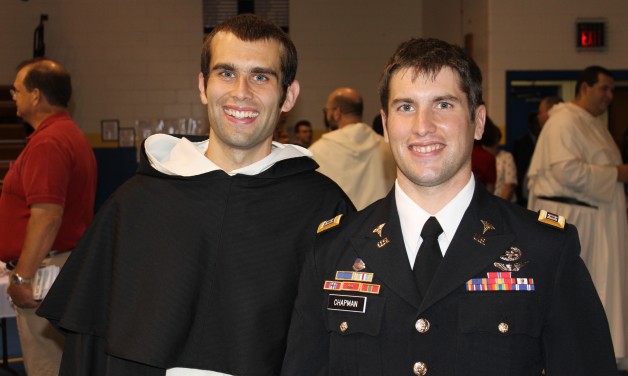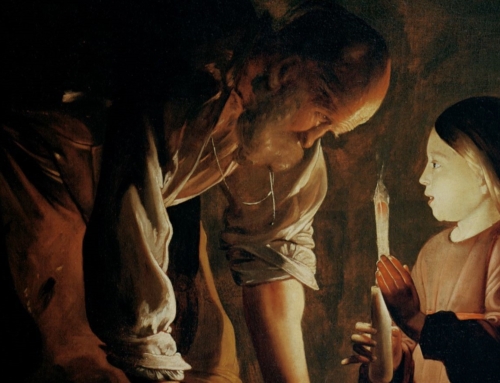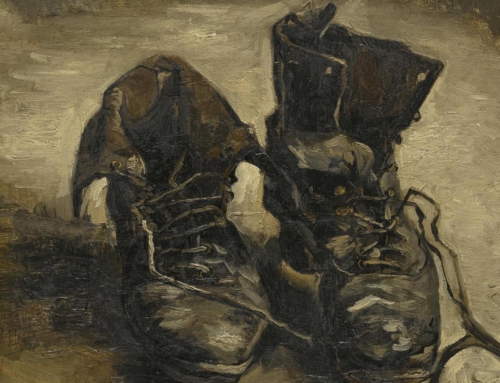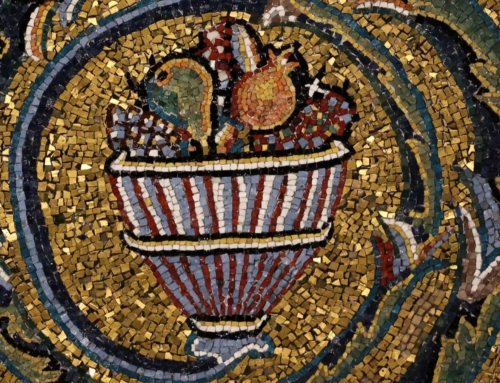St. Dominic and St. Francis have been called “Brothers from Different Mothers.” While biologically correct, I would nuance this for two reasons. First, their brotherhood is a supernatural one, and therefore calls for a supernatural mother, whom they both have in common: the Blessed Virgin Mary. Secondly, I think we can be more precise about what kind of brothers St. Dominic and St. Francis, along with their respective Orders, are. Perhaps I am biased because of my own family background, but I think the two saints and Orders are best described as fraternal twins.
Too much projection on my part? (I myself grew up with a fraternal twin brother.) Happily, a letter from Blessed John of Parma—the Franciscan blessed whose feast is today—confirms this twin judgment. John was the seventh Minister General of the Franciscan Order, serving from 1247 to 1257. This was no easy time for the newly founded mendicant Orders. Some in the Church, especially the secular priests at the University of Paris, were unsure about these new apostolic men. It was during these times that Blessed John wrote his letter. Allow me to correlate Blessed John’s letter with three marks of fraternal twinship from my experience.
The first mark of fraternal twinship: the unity of the two brothers. Twins are always together, even wearing matching shirts when young (thanks, Mom!). I remember when an acquaintance in high school discovered our twinship and responded: “Oh, that’s why you two are always together!” In a similar way, there are numerous stories of Dominican and Franciscan closeness throughout history, many captured in beautiful art works. Think of St. Dominic seeing St. Francis in a vision and then meeting him with that famous embrazo and saying “You are my companion, let us stand together, and no foe shall prevail against us!” Or St. Thomas visiting St. Bonaventure in his study as he was working.
Interestingly, this letter is not only the work of Blessed John; it is actually a co-authored missive, written jointly with Blessed Humbert of Romans, Master of the Order of Preachers. The letter is addressed to both Orders and highlights the bond between them, using images of two great lights, two silver trumpets, two witnesses, and two bright stars. “Think, my beloved, think how much sincere love should abound among you, whom Mother Church begot at the same time.” The two Generals can co-author a letter because of the profound unity between their friars.
But fraternal twins are not exactly alike; they’re not as easily confused like identical twins are. Even though my brother and I had the same initials AC (was my mother trying to confuse our elementary school teachers?), there was plenty to tell us apart, physically and otherwise. One was taller, the other more stout and athletic; one had a mullet, the other had a sensible haircut.
This difference in unity is noted in the letter to the Orders:
Eternal Charity directed you to the same work, namely, working together for the salvation of souls. Although your profession differs slightly, you are so similar that we mutually love you as identical creatures.
This leads to a final mark of fraternal twins. My mother was told that while the biggest challenge to raising identical twins is identity, the challenge to fraternal twins is competition. In sports, school, parental affection, and affirmation—in all things, fraternal twins compete with one another. Of course some competition is healthy and spurs one on to greater achievements (I doubt I would have done as well in school if my brother was not always coming home with such fantastic report cards!), but competition can also jeapordize the naturally-formed bond of friendship. Happily I was not too old (perhaps a senior in high school) when I began to take pleasure in my brother’s achievements. I remember playing golf with him one summer afternoon, and instead of being frustrated that he was beating me as usual, I took joy in his excellent scoring. From that moment on I have taken pride in his achievements, as if they were partly my own.
Apparently this competition was threatening to damage the two Orders in the thirteenth century, at exactly the time when unity was most needed. Blessed John and Blessed Humbert call for a renewed fraternal charity between the Orders:
How great an example of mutual charity and peace did our holy Fathers, Saint Francis and Saint Dominic, leave us. Consider our other early brethren who loved to so live in this life as to sincerely show one another signs of charity by seeing themselves as angels of God, by accepting one another as Christ, by anticipating one another in honor, by rejoicing in one another’s progress, by praising one another’s preaching, by promoting what was of mutual advantage, by shunning scandals and other causes of distress to one another—doing all this with the greatest care and wisdom.
People describe the Catholic Church as a big family. I thank God that it is, and that within it one can find all the various family dynamics and relationships that one finds in natural families. Grace builds on nature, after all, and perhaps the supernatural twinship of the Franciscans and Dominicans can also teach the world something about true fraternal charity.
✠
Image: The Brothers Chapman







